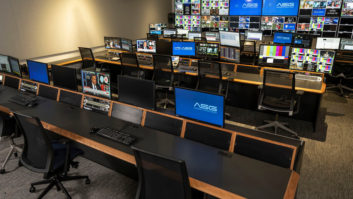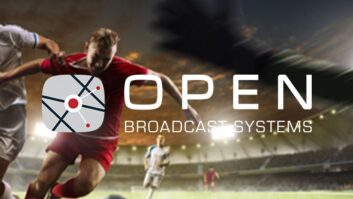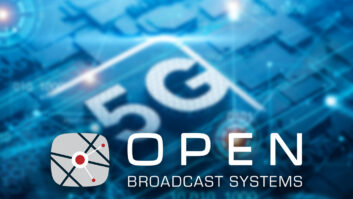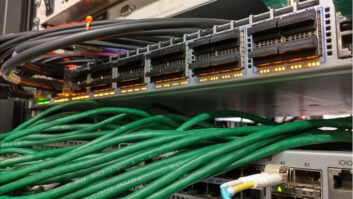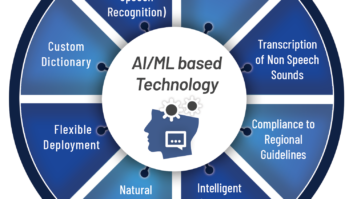
As IP pervades, the SI sector is becoming more oriented towards experience and knowledge-based services than ever before, suggests Peter Thomsen, deputy managing director, Danmon Systems Group
The most endearing feature of the broadcast business, particularly television, is that the underlying technology never stands still. Over the past two decades, the main engines of change have been the transition from analogue to digital, from discrete media to file-based asset management and of course from standard definition to high definition. Progress creates challenges and opportunity, not only for broadcasters but also for us as broadcast systems integrators.
Broadcasters are now under increasing pressure as viewing habits move forward rapidly from traditional linear broadcasting into on-demand, targeted channels and OTT. Another factor is that the living-room TV set has for many viewers been degraded to the status of a third screen, after personal computers/tablets and smartphones.
The broadcast industry is facing fast-paced change away from dedicated broadcast technology towards software-driven systems running on commercial off-the-shelf IT-based servers and software-defined network infrastructure. This transition has reached the point where IP-based infrastructure looks likely to supplement SDI-based video infrastructure on an increasing scale. Looking beyond the next two to three years, that transition could even become total.
UHD has progressed from being a subject for discussion into a basis for real business and is planned for inclusion in new TV infrastructures. A good case can be made for early investment in UHD cameras and studio facilities since this will ensure the longest possible commercial life for new productions.
UHD offers TV producers the chance to operate on a practically level playing field with digital cinematographers in terms of the quality they can deliver to their viewers. This opens up great prospects in OB coverage of sports, live-stage music events and high-budget drama.
Workflow orchestration is becoming the key to the effective introduction of these technologies. The next challenge will be the deployment of API (application programming interface) integration to combine systems from multiple vendors via an enterprise service bus or maybe via the FIMS (Framework for Interoperability of Media Services) project.
The impact on the systems integration sector is that our offer is becoming more oriented towards delivering experience and knowledge-based services than ever before. Success is about exploring the many opportunities arising from combining technology in original ways. It is about best practice and resources to transform ideas into reality.
The increasing speed of change in technology, the need to meet competition, protect market-share and move fast to harvest new opportunities, all call for external expertise/resources. Partnering with Danmon Systems Group in its systems integration role allows new ideas to be implemented quickly and coherently into real systems.
8.B51


